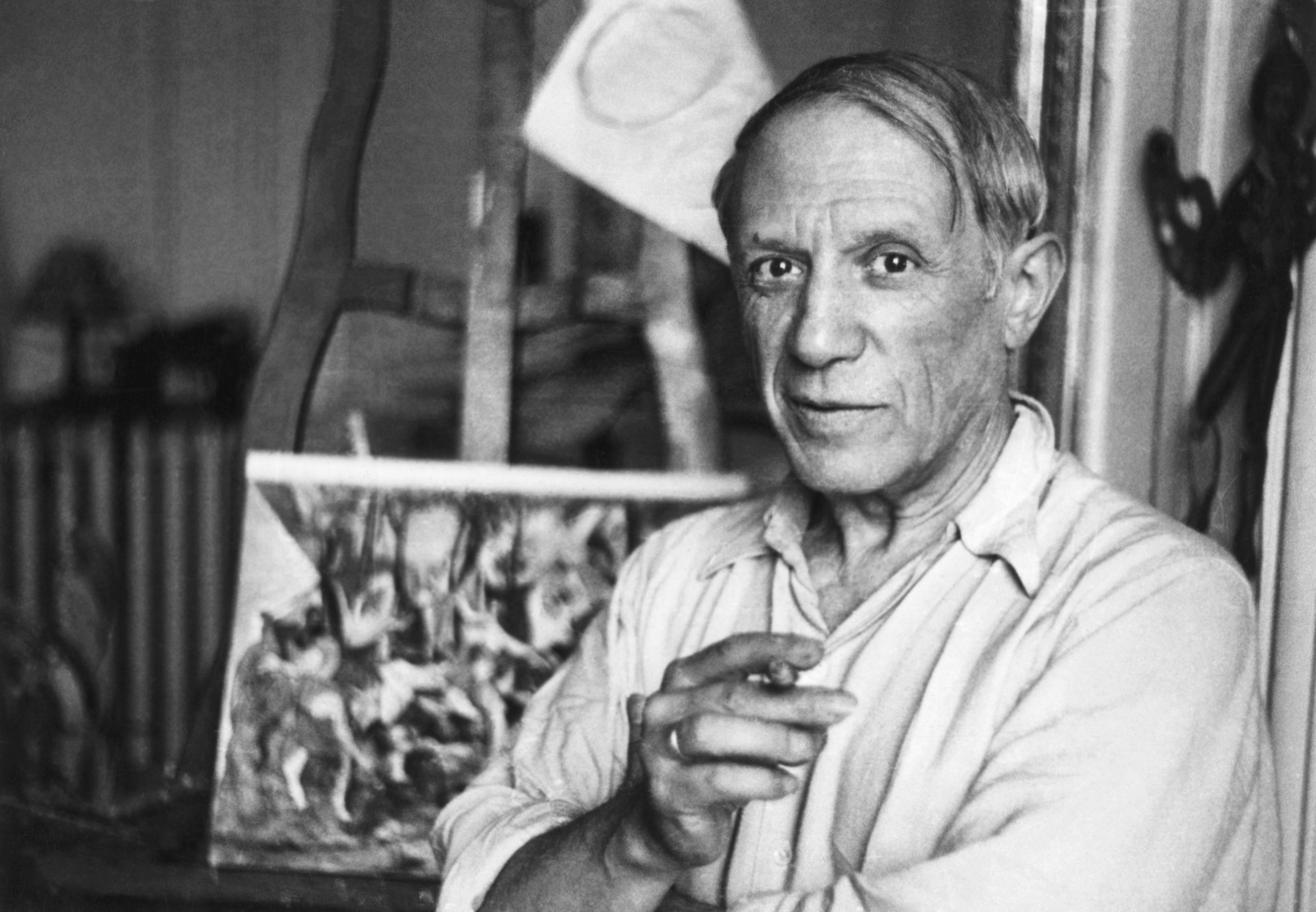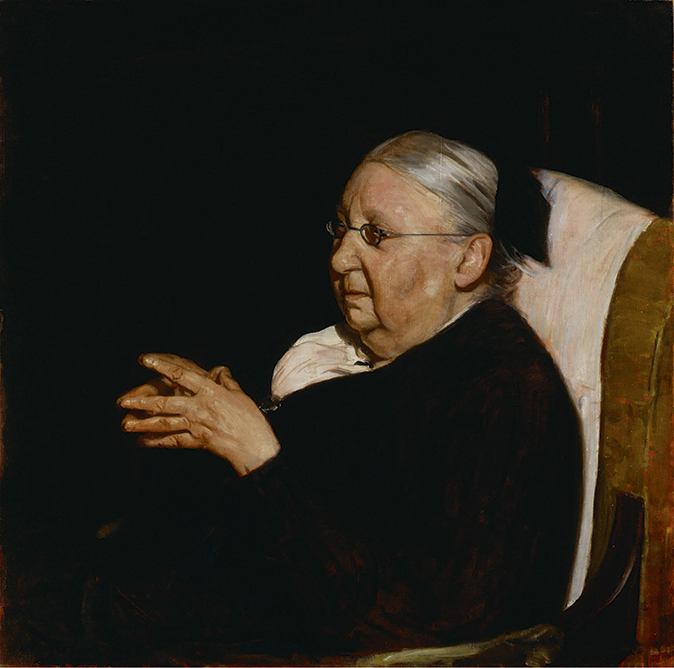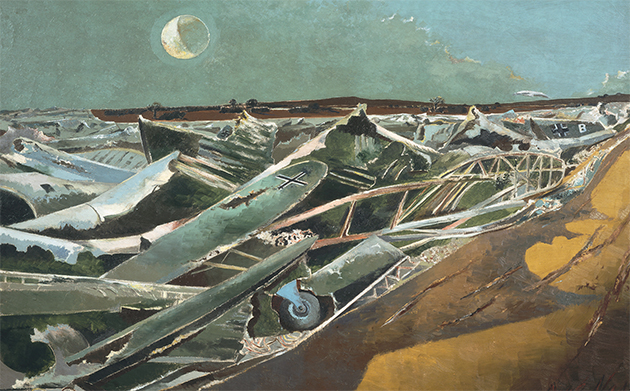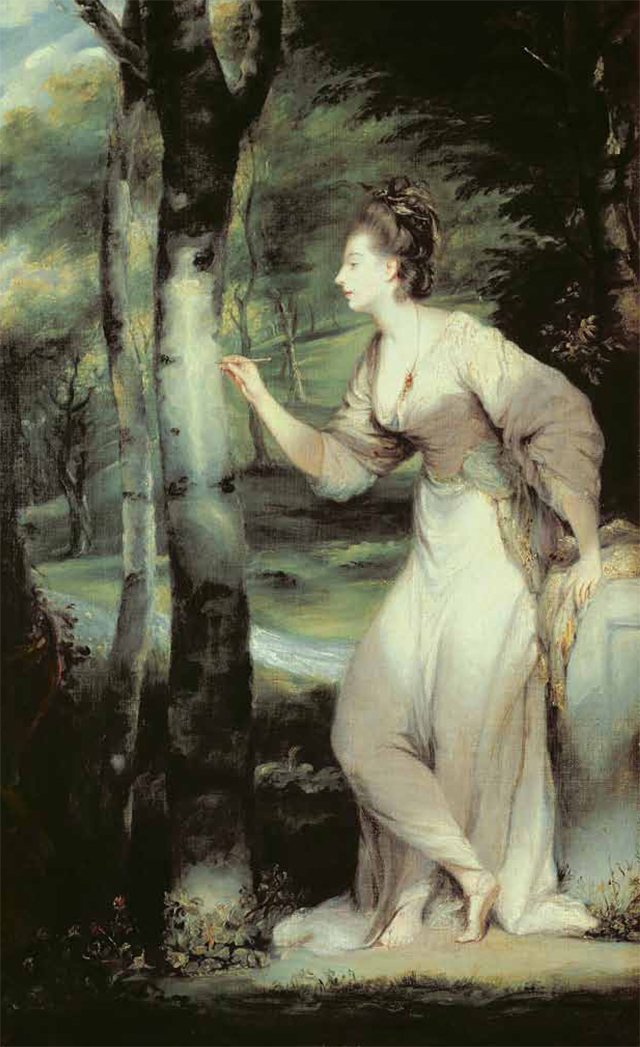My Favourite Painting: Rebecca Stott
The writer chooses an unusual image by the iconic Spanish artist Pablo Picasso.


Rebecca Stott on Woman with a Crow by Pablo Picasso
I’ve had a print of this painting hanging over my desk since I first saw it in Toledo in 1983, travelling across Spain on a university art-history trip at the age of 19.
We were in Toledo to study the El Grecos, but I couldn’t take my eyes off this woman and her crow, the tenderness of her hands, the way she leans in to nuzzle and cradle the bird, the sweet haunting darkness of their reverie.
In my new novel, Dark Earth, one of my sixth-century sisters has a pet crow, so Picasso’s girl has been coming alive for me in new ways more than 35 years after I first saw her.
Rebecca Stott is a writer, professor of Literature and Creative Writing at the University of East Anglia and a broadcaster on BBC Radio 4’s Point of View. Her memoir, In the Days of Rain, won the 2017 Costa Biography Award.
https://www.facebook.com/424470584270442/photos/pb.424470584270442.-2207520000.1475163398./1258606434190182/?type=3&theater
John McEwen on Picasso’s Woman with a Crow
It is hard not to see the crow symbolising death in this predominantly water-colour painting. Death and dejection inspired Picasso’s ‘Blue Period’, 1901–04, of which this is a late example. Two early deaths haunted him: those of his younger sister, Conchita, when he was 13, and of Carles Casagemas (1880–1901), when he was 19. He promised God not to be a painter if Conchita was spared. That vow contributed to his lifelong terror of mortality.
The gifted painter and poet Casagemas was Picasso’s best friend. He was the son of the American consul-general in Barcelona, where Picasso came in 1895 when his artist father was appointed professor of drawing at the School of Fine Arts. They met in 1899, shared a studio and travelled to Paris for the first time, to see the 1900 world fair, the Paris Exposition.
Casagemas, who temperamentally inclined to the fin-de-siècle Decadent Movement, fell for an artist’s model, Germaine. Back in Spain, he and Picasso had a bust up. Casagemas returned to Paris, got drunk, brandished a loaded pistol, missed Germaine and then shot himself dead. Picasso’s reaction was to use Casagemas’s vacated Parisian studio and bed Germaine.
It was trips back to his native Spain that re-awoke the Spaniard in him, the melancholy solemnity manifested by the Blue Period.
This portrait is of Margot, step-daughter of the owner of Le Lapin Agile, a bohemian Montmartre cafe noted for sing-alongs and folk singing, today a tourist attraction. Margot had a pet crow.
Sign up for the Country Life Newsletter
Exquisite houses, the beauty of Nature, and how to get the most from your life, straight to your inbox.
Crows and parrots are the brainiest birds, so make the most amusing pets. Margot clearly loved her crow, but we do not say ‘a murder of crows’ for nothing.

My favourite painting: Penelope Lively
'I love William Nicholson’s work. His still-lifes are incomparable.'

My favourite painting: Robert Macfarlane
Robert Macfarlane chooses his favourite painting for Country Life.

My Favourite Painting: Bruce Oldfield
Bruce Oldfield chooses his favourite painting for Country Life.
Country Life is unlike any other magazine: the only glossy weekly on the newsstand and the only magazine that has been guest-edited by HRH The King not once, but twice. It is a celebration of modern rural life and all its diverse joys and pleasures — that was first published in Queen Victoria's Diamond Jubilee year. Our eclectic mixture of witty and informative content — from the most up-to-date property news and commentary and a coveted glimpse inside some of the UK's best houses and gardens, to gardening, the arts and interior design, written by experts in their field — still cannot be found in print or online, anywhere else.
-
 'Monolithic, multi-layered and quite, quite magnificent. This was love at first bite': Tom Parker Bowles on his lifelong love affair with lasagne
'Monolithic, multi-layered and quite, quite magnificent. This was love at first bite': Tom Parker Bowles on his lifelong love affair with lasagneAn upwardly mobile spaghetti Bolognese, lasagne al forno, with oozing béchamel and layered meaty magnificence, is a bona fide comfort classic, declares Tom Parker Bowles.
By Tom Parker Bowles
-
 Country houses, cream teas and Baywatch: Country Life Quiz of the Day, April 24, 2025
Country houses, cream teas and Baywatch: Country Life Quiz of the Day, April 24, 2025Thursday's Quiz of the Day asks exactly how popular Baywatch became.
By Toby Keel